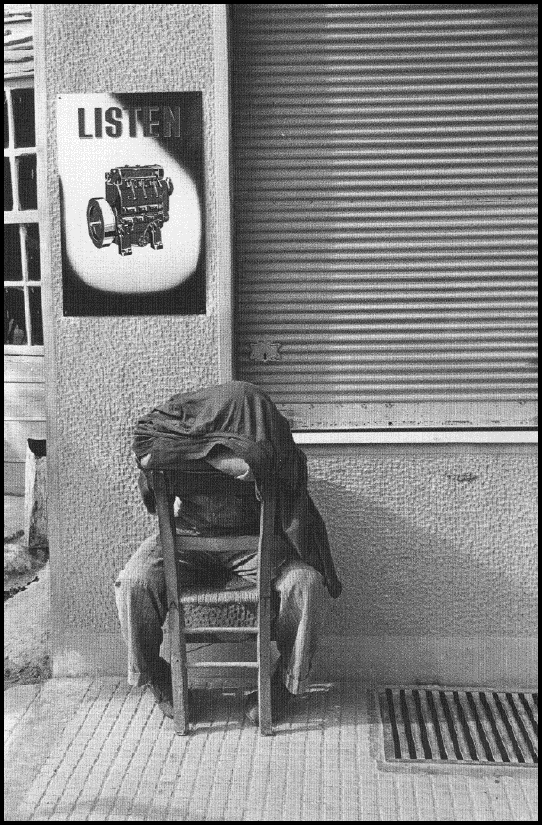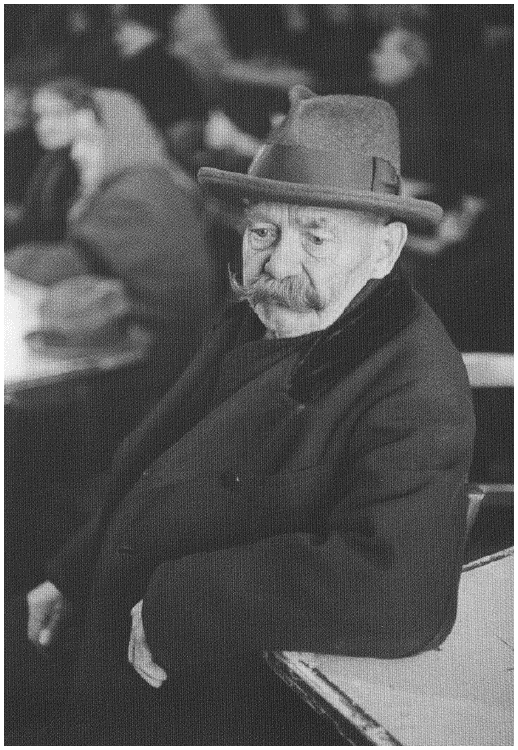For sure, it was the time, a Europe laid waste by six years of war, then the Cold War, East and West Germany, the beginning of the Hungarian Revolution (workers at the Petöft Club) in 1956; John Foster Dulles (what teeth!) in Washington, 1959; Walter Ulbricht (Boo! Hiss!) in East Berlin, 1957; Cardinal Stefan Wyszynski (back from exile) Prague, 1956, Khrushchev (storming --- the U2!) in Paris, 1960; Willy Brandt (like a wind-up doll) in West Berlin, 1959; Bob Hope (mugging, always mugging) at the GUM Department Store, Moscow, 1958; Charles deGaulle (ortund, always ortund), Algiers, 1958; Rodion Malinovski, Soviet Minister of Defense (what an evil-looking guy: those lips, those eyes, those shoulders) Moscow, 1960... ...and the unknowns: workers building housing in Bytom, Poland, a fashion show in Vienna, a Bar Mitzvah in Krakow, brokers at the Bourse, West Germany, miners in Rhein, Altenessen, American Secret Service agents, Geneva (summit conference)...
...and the unknowns: workers building housing in Bytom, Poland, a fashion show in Vienna, a Bar Mitzvah in Krakow, brokers at the Bourse, West Germany, miners in Rhein, Altenessen, American Secret Service agents, Geneva (summit conference)...
...and the masses, a Soviet military band in Heldenplatz, Vienna, citizens in Kosovo (do things change?), Lenin Monument in Tbilisi, Georgia, 1958 (yes they do), children collecting scrap-metal, Berlin, 1951 (sometimes they change very quickly.)
Well, part of this is just text to fill up the page so we can put four photographs up, much as the text in Erich Lessing may tell you a few things: a laudatory introduction by Alistair Crawford, ("People Known and Unknown"), fifteen chapters (which may or may not hold together), an interview with the subject ("How did you get into photography in the first place?"), a biography, a list of the ninety or so (!) books by Lessing, from 1956 to 2006, and some appropriate quotes, such as this of August Sander, 1876 - 1964,
Nothing is more hateful to me than photographs sugar-coated with gimmicks, posts, and false effects. Therefore, let me speak the truth in all honesty about our age and the people of our age.

 ...and the unknowns: workers building housing in Bytom, Poland, a fashion show in Vienna, a Bar Mitzvah in Krakow, brokers at the Bourse, West Germany, miners in Rhein, Altenessen, American Secret Service agents, Geneva (summit conference)...
...and the unknowns: workers building housing in Bytom, Poland, a fashion show in Vienna, a Bar Mitzvah in Krakow, brokers at the Bourse, West Germany, miners in Rhein, Altenessen, American Secret Service agents, Geneva (summit conference)...